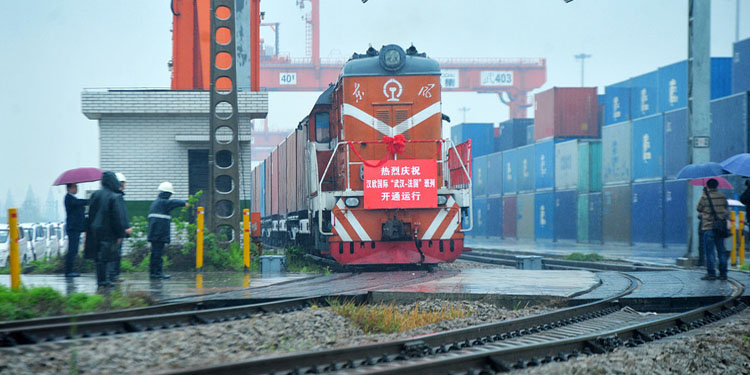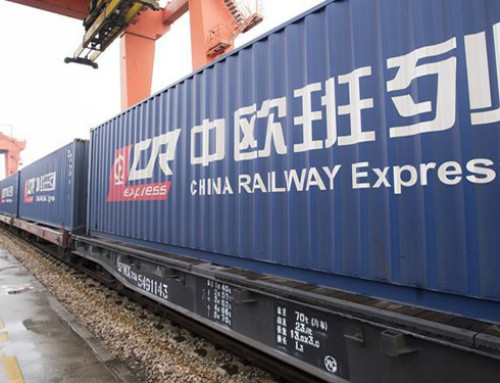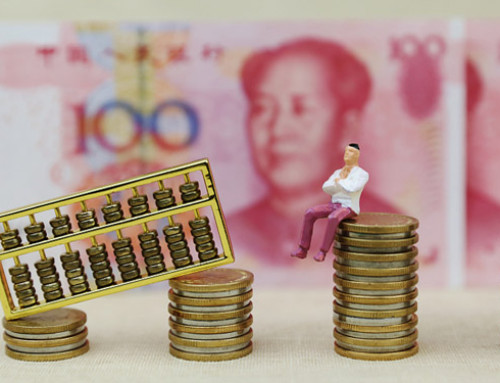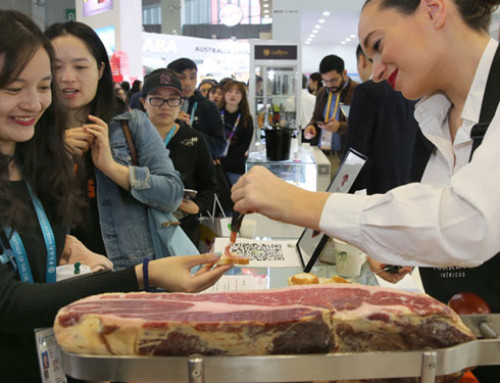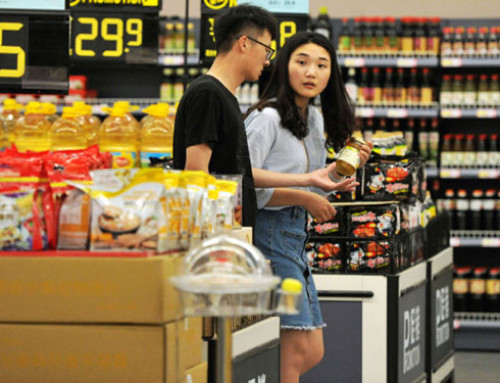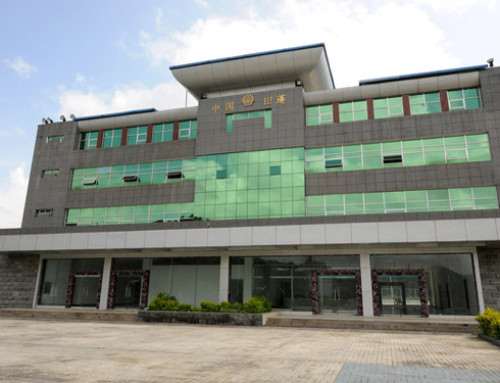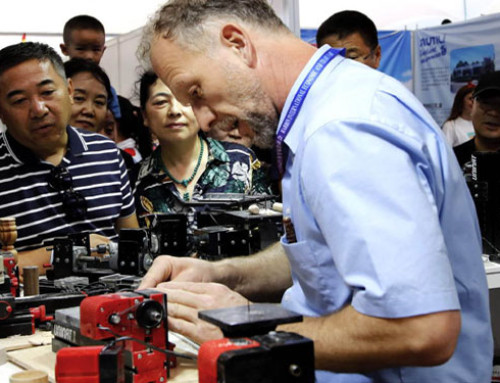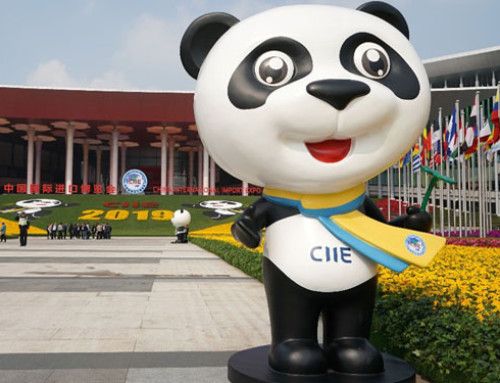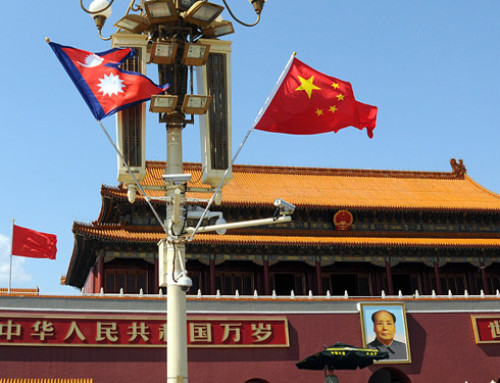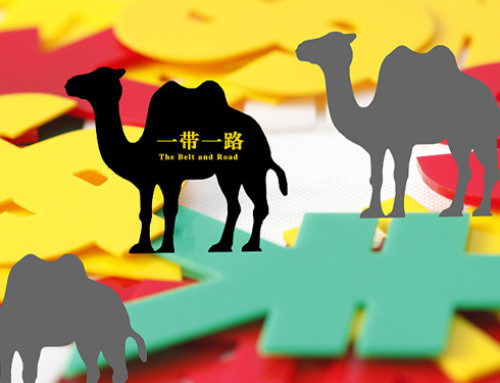Lyon, France – After about 10,000 kilometers across Eurasia in about 18 days, a freight train from Wuhan, central China, arrived in a railway junction in Venissieux, south of Lyon, France, in the morning of March. The container is full of sportswear, electronics and Cultural fair supplies.
As early as the 16th century, Lyon was the end of Western Europe on the ancient Silk Road. It was the road connecting East and West and promoted the exchange of products, innovative technologies, doctrines and culture.
The China-Europe Railway Express, known as the “Steel Camel Caravan”, has brought new opportunities and injected new impetus into Sino-French trade. The trade volume of Sino-French trade in 2018 exceeded US$60 billion.
Marcel Stein, head of the German company DBO Bahnoperator, believes that the China-Europe Railway Express provides new import and export opportunities for merchants, who operate bus freight trains from Duisburg, Germany to Lyon.
“The freight train from China to France takes about 15 days, between shipping time (about 40 days) and air transportation (a few days), but the cost is only a small part of air transportation. Close to sea transportation,” Stein said.
“Central European Rail Express is an ideal choice, for example, those who want to ship their goods from Europe to China. In this case, the railway line connecting Lyon and Wuhan has no competitors in the market,” he said.
Official data from China clearly shows the leap forward of the China-Europe Railway Express since its launch in 2011. As an artery of international trade, freight trains are now connected to 59 cities in China and 50 cities in 15 European countries, with cumulative shipments exceeding 14,000 so far.
In France, the first cargo route connecting Lyon and Wuhan was put into use in April 2016. A year and a half later, at the request of Decathlon, the “tailor-made” route from Wuhan to France’s Dourges was opened. French retail and sports distribution group.
Brigitte Bernard, terminal manager at Venissieux, said she had never seen containers from China before 2016, but now Chinese containers arrive at the terminal every week. “Although our terminal currently has a very low proportion of Chinese containers, I expect it to increase in the future and hope to receive more containers from China,” she said.
As for the future development of China-Europe Railway Express, Alan Rabat, deputy dean of the New China-France Research Institute, said that this depends mainly on two factors. “The first is the necessary improvement in France’s export capacity to rebalance all foreign trade, and the second is to worry about the growth of China’s imports from France,” he said.
France participated in the first China International Import Exhibition held in Shanghai last November, which provided hope for favorable development. Rabat said that it appealed to French policy makers to better understand the “Belt and Road” initiative.
Wang Lijun, CEO of Wuhan Asia Logistics, said that there are two freight trains to Lyon every week, and the goods are distributed to Paris, Bordeaux and Dourges.
Attracted by Sino-French trade and active BRI, more and more large French companies, including Peugeot and Decathlon, as well as some small and medium-sized enterprises, have shown interest in this service, reducing transportation time and saving money. . At the same time, Wang said, the variety of goods ranged from auto parts and aerospace parts to medical products and French wines.
Mr. Wang said that due to the upgrade of train equipment, China-Europe Railway Express will be able to meet the more diverse needs of customers, such as refrigerated transport of agricultural products.
Currently, WAE is negotiating with Bordeaux winemakers to bring the region’s famous wines to China’s e-commerce platform, and Chinese consumers can wait for Chinese consumers’ orders to be shipped back to China by train.
“The local winemakers are very interested in our projects. Once the service is launched, the Silk Road will be the wine route,” Wang said.



